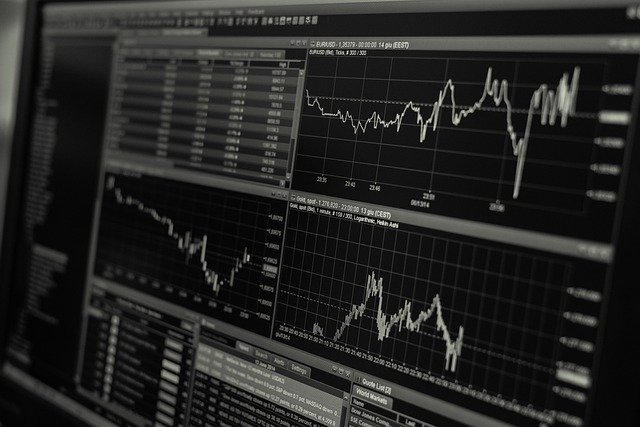The Implications of Algorithmic Trading in the Modern Financial Landscape
The world of finance, like many other sectors, has been significantly disrupted by the advent of technology. Today's financial markets are dominated by computer algorithms, designed to execute trades at lightning speed. Known as algorithmic trading, this practice has introduced a new level of efficiency and accuracy into trading, but it also comes with its fair share of challenges and implications. In this article, we delve into the world of algorithmic trading, exploring its origins, current trends, and the potential future of this financial phenomenon.

The Genesis of Algorithmic Trading
The inception of algorithmic trading dates back to the 1970s, but it wasn’t until the 1980s that it became more prevalent. Initially, it was used by large investment banks and hedge funds to execute trades quickly and efficiently. As technology evolved, the algorithms became more sophisticated, capable of analyzing vast amounts of data and making trading decisions based on predefined criteria. Today, algorithmic trading is an integral part of the financial markets, with an estimated 70% of trades in the US stock market executed by algorithms.
Current Trends in Algorithmic Trading
Algorithmic trading is continually evolving, with new trends emerging as technology advances. One prevalent trend is the use of artificial intelligence (AI) and machine learning in trading algorithms. These technologies enable algorithms to learn from past data, adapt to changing market conditions, and make more accurate predictions.
Another trend is the increasing use of algorithmic trading by retail investors. With the proliferation of online trading platforms, algorithmic trading is no longer exclusive to large financial institutions. Now, individuals can use trading algorithms to manage their investments, leveling the playing field between retail and institutional investors.
The Impact of Algorithmic Trading
Algorithmic trading has both positive and negative implications. On the plus side, it has increased market efficiency and liquidity, reduced transaction costs, and enabled traders to execute trades quickly and accurately. On the downside, it has been associated with market volatility and flash crashes, when markets experience significant price drops within a short period.
The most notable example of this was the 2010 Flash Crash when the Dow Jones Industrial Average plummeted nearly 1,000 points in minutes before quickly rebounding. This event raised concerns about the stability and integrity of financial markets in the era of algorithmic trading.
Algorithmic Trading in Practice
Despite the potential risks, algorithmic trading is here to stay. It is increasingly being used in various asset classes, including stocks, bonds, futures, and forex markets. However, it requires careful risk management and oversight to prevent market disruptions.
Institutional investors use algorithmic trading to implement complex investment strategies, such as statistical arbitrage and high-frequency trading. Retail investors, on the other hand, can use robo-advisors, which utilize algorithms to manage portfolios based on the investor’s risk profile and investment goals.
Practical Insights into Algorithmic Trading
- Understanding the basics: Familiarize yourself with how algorithmic trading works and the different strategies used in this method.
- Risk management: Implement robust risk management practices to mitigate the potential risks associated with algorithmic trading.
- Staying informed: Stay abreast of the latest trends and developments in algorithmic trading and the broader financial markets.
- Seeking professional advice: If you’re considering using algorithmic trading, consult with a financial advisor or investment professional to understand the potential risks and benefits.
In conclusion, algorithmic trading represents a significant shift in how financial markets operate. While it introduces efficiency and precision, it also brings new challenges and risks. As with any investment strategy, it requires a thorough understanding and careful risk management. As we continue to witness the evolution of financial markets in the digital age, one thing is clear: algorithmic trading will continue to play a pivotal role.





